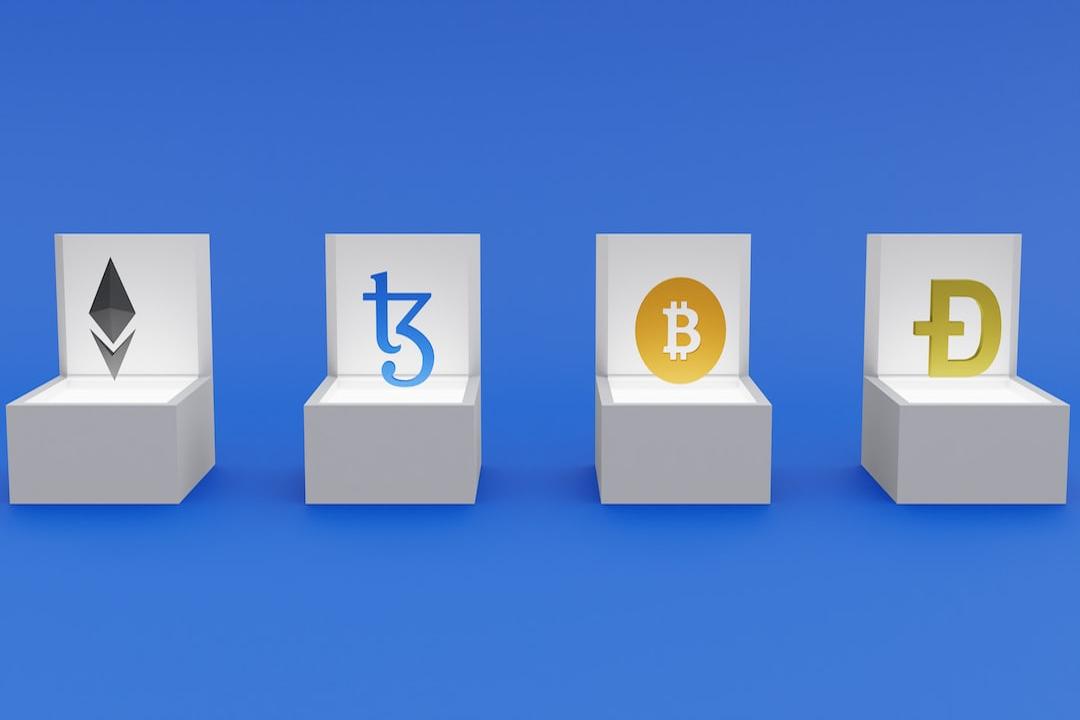US Senate Banking Committee Passes Stablecoin Regulation Bill: A Focus on the Two-Year Ban on Algorithmic Stablecoins
On March 13, the U.S. Senate Banking Committee passed the Stablecoin Regulatory Bill with a vote of 18 to 6, bringing a milestone regulatory framework to this rapidly developing industry. The market celebrated as the compliance prospects for major stablecoins such as USDT and USDC became clearer. However, a “hidden detail” has garnered little discussion – the bill imposes a two-year ban on stablecoins that “rely solely on self-created digital assets as collateral” (e.g., algorithmic stablecoins) and mandates that the Treasury Department research their risks. Is it because algorithmic stablecoins have been under a shadow since the collapse of UST in 2022, or is the market only focusing on the positive news? This clause deserves a closer examination.
What Are Stablecoins That Rely on “Self-Created” Digital Assets as Collateral?
The term “self-created” in the bill is both clear and ambiguous. Literally, it refers to digital assets created within the stablecoin issuer’s system to back the value of the stablecoin, instead of relying on external assets such as dollars, government bonds, or gold. In other words, these stablecoins are not backed by traditional financial assets, but instead attempt to maintain price stability through algorithmic mechanisms and internal tokens to adjust supply and demand. However, the boundaries of the term “solely relying” are not clearly defined, leaving room for controversy in terms of regulatory scope.
Classic stablecoins like USDC or USDT rely on dollar reserves, supplemented by transparent auditing, ensuring 1:1 redemption capability even during market fluctuations. On the other hand, “self-created” stablecoins depend entirely on internal design, lacking the safety net of external assets. The collapse of UST is a typical case, where a massive sell-off of UST led to a crash in the price of the LUNA token, causing the stablecoin to lose support, triggering a “death spiral.” In this model, algorithmic stablecoins not only struggle to withstand market shocks but could also become a source of systemic risk in the market.
The ambiguous definition of “self-created” has become a point of contention. If a stablecoin relies on both external assets and self-created tokens, does it fall under the ban? This question directly impacts the execution of future regulations and brings uncertainty to the development of other stablecoins.
Which Stablecoin Projects Might Be Affected?
Currently, the stablecoin market can be divided into three categories: fiat-backed, over-collateralized, and algorithmic stablecoins. The design logic and risk characteristics of these categories vary, directly determining their fate in the bill.
Fiat-Backed and Collateralized: Safe Zone
- USDT and USDC: Backed by USD and short-term government bond reserves with high transparency, the asset reserve and audit requirements in the bill actually pave the way for their compliant development.
- MakerDAO’s DAI: Generated through over-collateralization of external assets like ETH and wBTC, with a reserve ratio between 150%-300%. The MKR token is used solely for governance, not as core support, and faces no regulatory pressure in the short term.
- Ethena’s USDe: The main collateral for USDe is Ethereum-based assets such as stETH and ETH. The governance token ENA is not directly used as collateral for USDe but is used for protocol governance and incentives. The generation mechanism of USDe is more aligned with collateralized models, not falling under the “solely relying on self-created digital assets” category. However, USDe’s stability mechanism involves derivatives hedging, which may be viewed as a “non-traditional” stablecoin by regulators. If the regulators focus on “derivative risks” or “non-traditional asset support,” USDe’s “delta-neutral strategy” (stability mechanism) may face additional scrutiny.
Algorithmic Stablecoins: The Target of the Ban
Algorithmic stablecoins, due to their “self-created” nature, are the primary target of the ban. They rely on internal tokens and algorithmic mechanisms, with minimal external asset involvement and concentrated risk. Below are a few past typical cases:
- Terra’s UST: Adjusted value through LUNA, a self-created token entirely dependent on the Terra ecosystem. The 2022 collapse wiped out $40 billion and dragged down multiple DeFi protocols.
- Basis Cash (BAC): An early algorithmic stablecoin that used BAC and BAS (self-created tokens) to maintain balance. It quickly failed under market volatility and has faded from the spotlight.
- Fei Protocol (FEI): Relied on FEI and TRIBE (self-created tokens) for adjustment. After launching in 2021, it lost market trust due to de-pegging issues, and its popularity sharply declined.
These projects share a common characteristic: value support relies entirely on self-created tokens, with external assets nearly absent. Once market confidence shakes, a collapse becomes nearly inevitable. Supporters of algorithmic stablecoins once shouted the slogan of a “decentralized future,” but the reality is that they have low risk resistance and have become a key focus of regulation.
However, There is a Grey Area:
Many stablecoins do not fully rely on “self-created” assets but use hybrid models. For example:
- Frax (FRAX): Partially relies on USDC (external assets) and partially adjusts through FXS (self-created tokens). If the definition of “self-created” is too strict, FXS’s role may cause limitations; if it is more lenient, it may escape restrictions.
- Ampleforth (AMPL): Achieves purchasing power stability through supply-demand adjustments, not relying on traditional collateral, making it closer to a flexible currency and possibly outside the bill’s stablecoin definition.
In other words, while the bill targets stablecoins that rely on “self-created digital assets as collateral,” the term “solely relying” is not clearly defined, leaving the fate of these hybrid projects uncertain. If the Treasury Department’s research defines “self-created” too broadly, hybrid model projects might be adversely affected; if too narrowly, some risk points might be overlooked. This uncertainty directly impacts market expectations for related projects.
Why Did the Regulators Establish This Ban?
The ban on “self-created” digital assets in the bill reflects both concerns about the present and hopes for the future.
First, Systemic Risk is the Core Concern:
The collapse of UST was not just a $40 billion nightmare for retail investors, but it also triggered a chain reaction in the DeFi market and even alerted traditional finance. The closed-loop design of algorithmic stablecoins makes them prone to losing control under extreme conditions, and they could become a “ticking time bomb” in the crypto market. Regulators clearly aim to curb this potential threat through the ban.
Second, Lack of Transparency Exacerbates Regulatory Difficulty:
Self-created tokens like LUNA or FEI are difficult to validate through external markets, and the funds operate like a black box, in stark contrast to the public ledgers of USDC. This opacity not only makes regulation difficult but also creates potential for fraud.
Third, Investor Protection is a Real Need:
Ordinary users find it hard to understand the complex mechanisms of algorithmic stablecoins and often mistakenly believe they are as safe as USDT. After the collapse of UST, retail investors suffered significant losses, highlighting the urgency of protecting retail investors from high-risk innovations.
Finally, Stability of Monetary Policy Cannot Be Ignored:
The large-scale application of stablecoins could impact U.S. dollar monetary policy. If large sums of money flow into unregulated algorithmic stablecoins, and these stablecoins lack sufficient external asset support, market instability could interfere with the Federal Reserve’s monetary control.
However, the two-year ban is not a complete denial but has an exploratory nature. While the ambiguity of “self-created” is a point of controversy, it also leaves room for adjustment. The Treasury Department’s research will clarify the boundaries and determine which projects are genuinely restricted. At the same time, these two years serve as a “trial period” for the DeFi community. If more robust solutions emerge — such as Frax’s hybrid model, which uses external assets to buffer risks, or the development of entirely new pressure-resistant mechanisms — regulatory attitudes may soften. On the contrary, if the closed-loop “self-created” model remains dominant, algorithmic stablecoins may face stricter restrictions after the ban expires.



